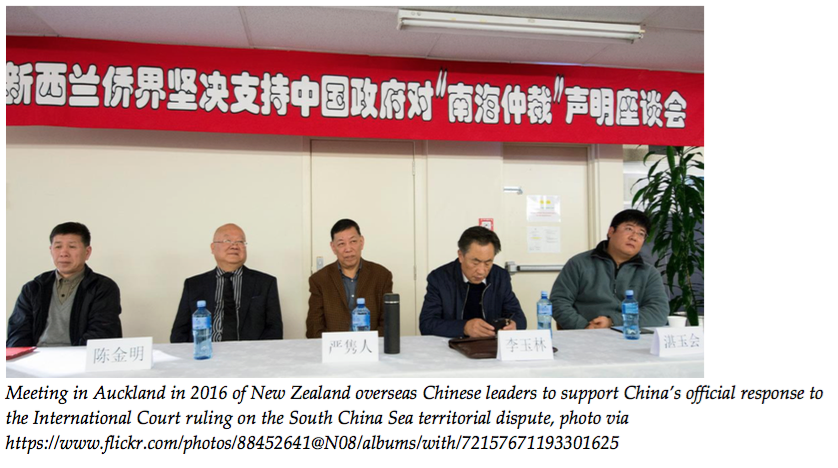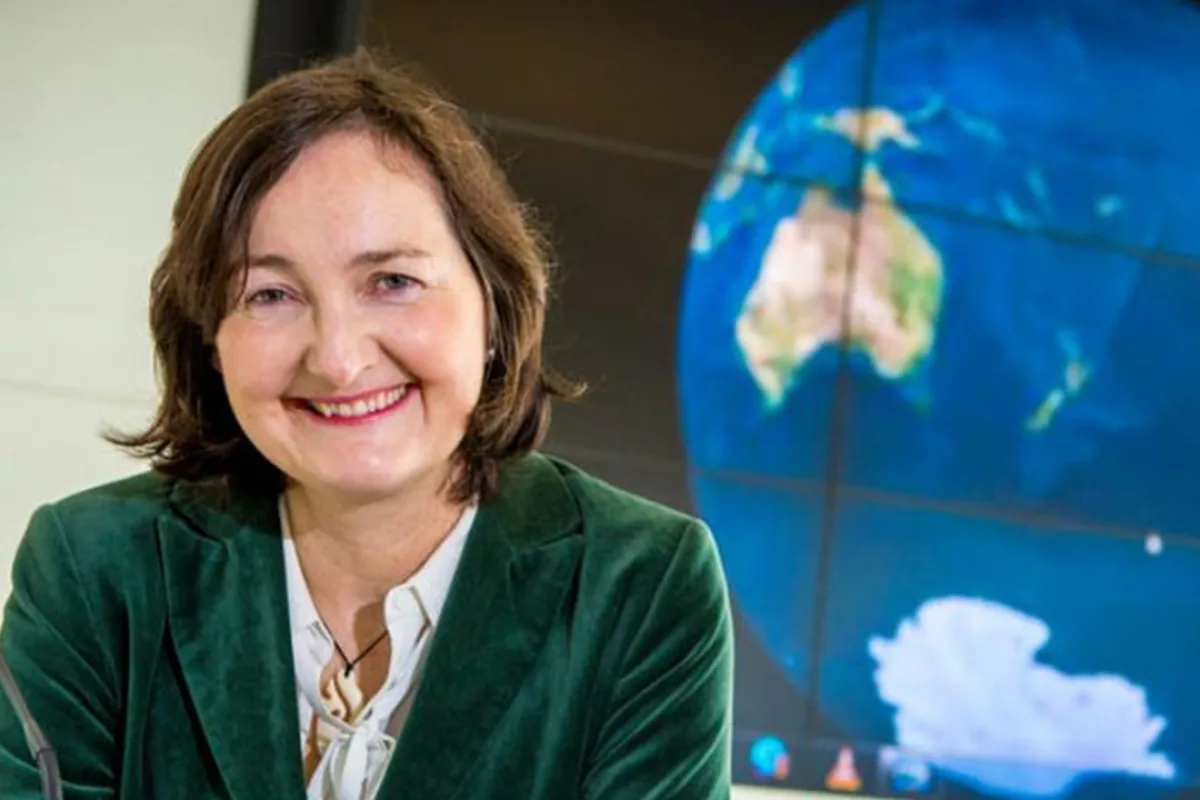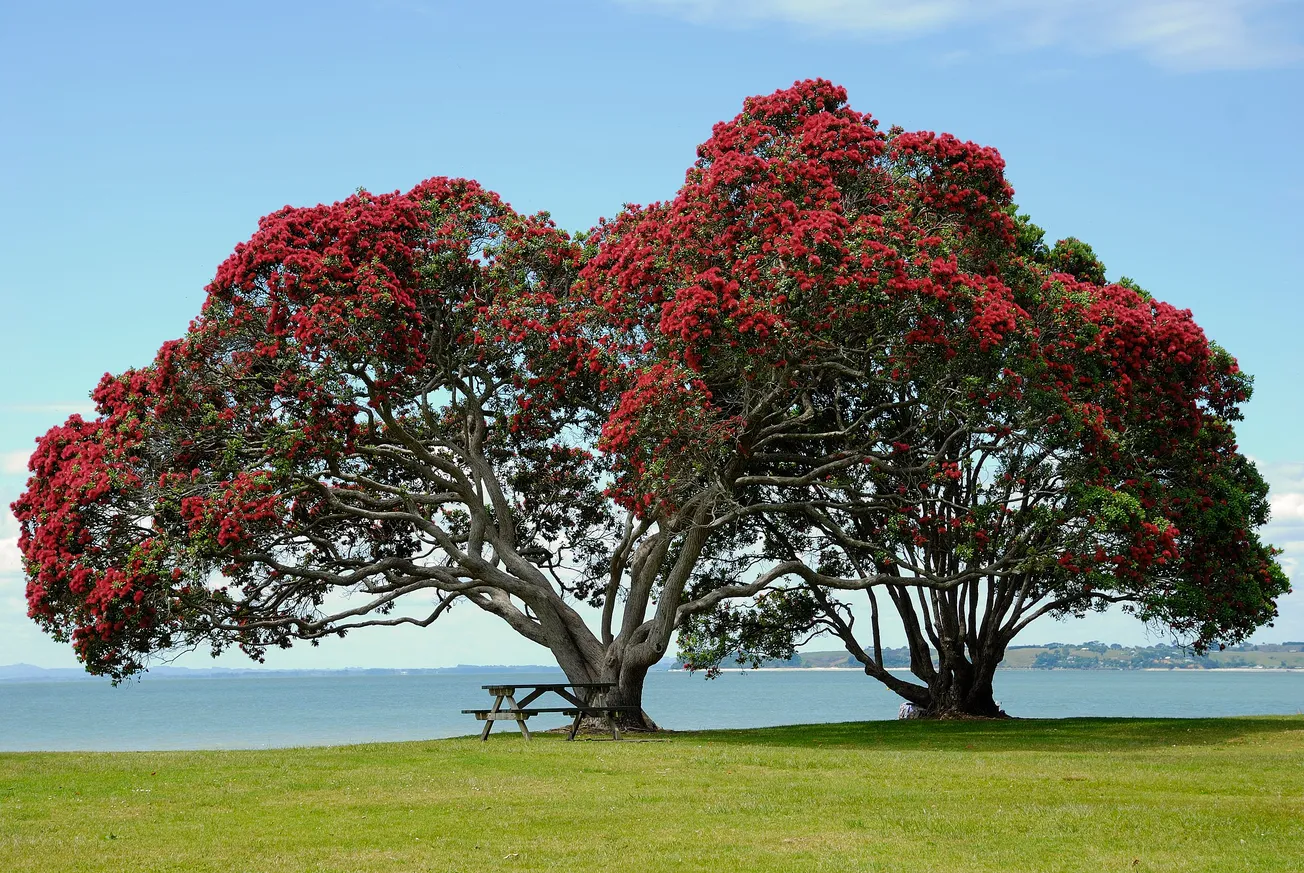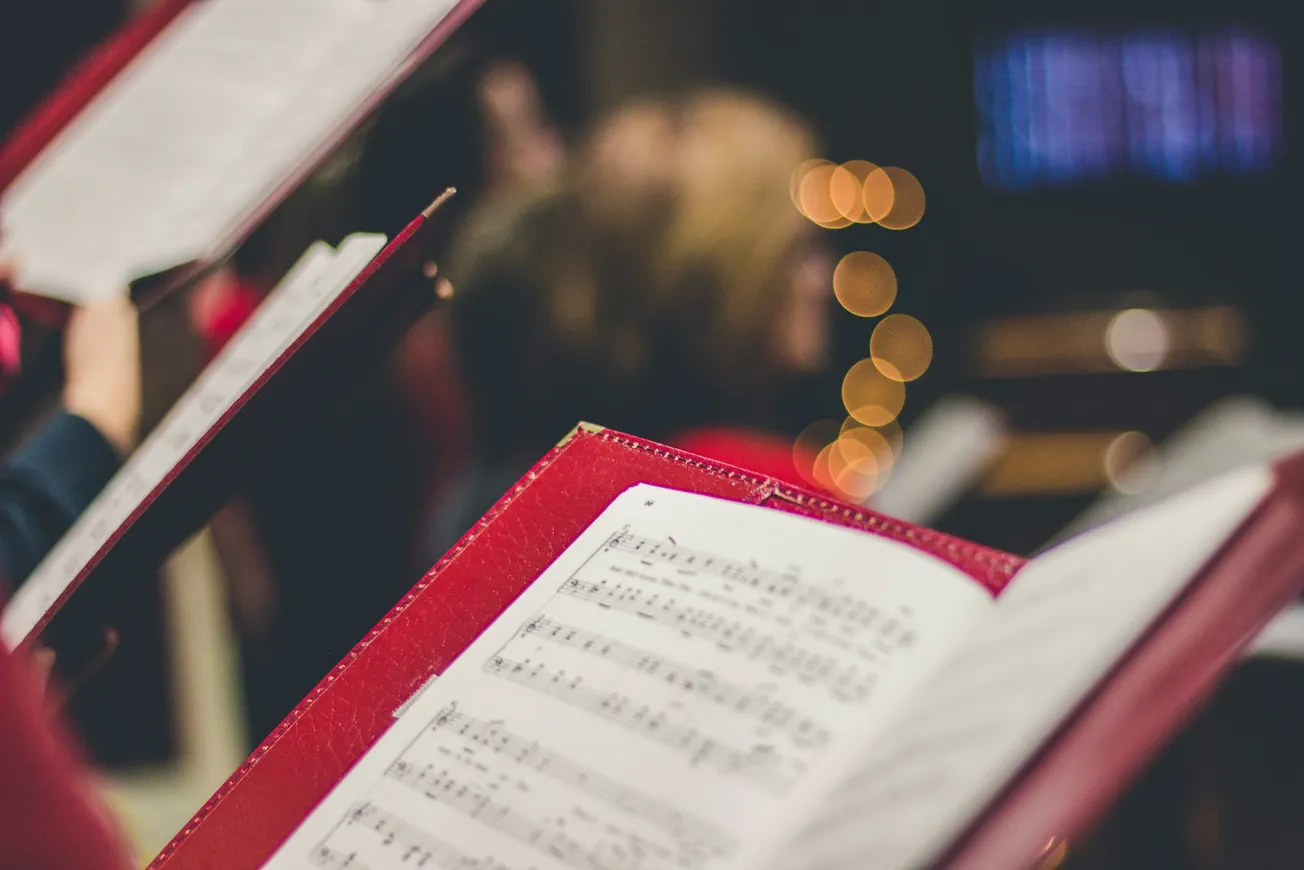Professor Anne-Marie Brady
Supplementary Submission to the New Zealand Parliament Justice Select Committee Inquiry into Foreign Interference Activities, 2019
- Part One: Magic Weapons
- Part Two: Leninist tactic
- Part Three: Soft Power
- Part Four: Making NZ Serve China
- Part Five: Why NZ is of interest to China
There were signs of a shift in New Zealand-China relations under the Clark Labour government (1999-2008), but the current prominence afforded the China relationship has accelerated dramatically under the government that won the election in 2008, the New Zealand National Party.
The National Party government (2008-), follows two main principles on China:
1. The “no surprises” policy, which appears to mean avoiding the New Zealand government or its officials or anyone affiliated with government activities saying or doing anything that might offend the PRC government; and
2. a long-standing emphasis on “getting the political relationship right”, which under this National government has come to mean developing extensive and intimate political links with CCP local and national leaders and their representatives and affiliated actors in New Zealand.
According to the Minister of Foreign Affairs from 2008-2017, Murray McCully, getting the China relationship right was the “top priority” of his government because the expansion in New Zealand- China trade after the 2008 FTA was signed enabled New Zealand to weather the 2008 Global Financial Crisis.
This cautiousness to not rock the boat over New Zealand-China relations lay behind New Zealand’s reluctance to join the USA and Australia to criticize China’s military- base building activities in the South China Sea. Following massive pressure from Australia and the US, New Zealand Prime Minister John Key (2008-2016) and other ministers made a series of muted remarks in 2015 and 2016, but it was far from what New Zealand’s allies had hoped for, who have frequently accused the National government of being soft on China.
The New Zealand National government’s reticence to speak out on this issue, despite the fact New Zealand has the fourth largest maritime territory in the world and relies on respect for international norms for the protection of its rights, is one telling example of the effectiveness of China’s soft power efforts in New Zealand in recent years.
In contrast, after the Chinese government’s crackdown on the student protest movement in 1989, New Zealand joined with other Western governments in making strong statements criticizing China’s actions. At the time, China was New Zealand’s fourth largest trading partner and China trade was a major focus of the then Labour government, but this did not inhibit that government from speaking out on China’s human rights abuses.
China’s Political Influence Activities in New Zealand
China’s political influence activities in New Zealand and the agencies involved in those efforts closely follow the template outlined above. The examples of this are numerous, but I will highlight examples below as an illustration.
Unsheathing the magic weapon: Overseas Chinese work in New Zealand
There are currently around 200,000 ethnic Chinese resident in New Zealand, out of a population of 4.5 million New Zealanders. The majority of Chinese in New Zealand live in Auckland, where they make up around 10 percent of the population. Chinese consular authorities keep a close eye on all Chinese community activities, but especially in Auckland. They have achieved this through close links with core pro- Beijing Chinese community groups, and by maintaining oversight over other Chinese community groups, ethnic Chinese political figures, and Chinese language media and schools in New Zealand. Moreover, during the Xi era, the PRC embassy has supported the setting up of new organizations that report back to united front bodies in China, and, according to two former Australian-based Chinese diplomats, by placing supporters and informers in New Zealand Chinese organizations that are more independent-minded and pose a potential threat to China’s interests.
This is classic CCP party-building and organization work; one of the three “magic weapons” of the CCP. The current level of supervision over the ethnic Chinese community in New Zealand is a remarkable achievement. All throughout the Cold War years, with only a few exceptions, Chinese New Zealanders were neither pro-CCP nor pro-PRC, even if they were not necessarily pro-Chinese Nationalist Party or pro-ROC, and New Zealand’s Chinese-language media, community groups, and language schools were proudly independent.
It should be remembered that the ethnic Chinese permanent residents and citizens of New Zealand are a very diverse group; not all are Han Chinese, not all are originally from the PRC. Many come from Taiwan, Hong Kong, Singapore, Malaysia, Vietnam, Thailand, or elsewhere, their families may have emigrated to New Zealand before 1949, and many of those who did originally migrate from the PRC left there to escape the politics. But if they wish to be part of a Chinese-speaking environment in New Zealand, then they now have to put up with China’s guiding of political activities within the ethnic Chinese community and tightened censorship on political issues in New Zealand.
The organization most closely connected with the PRC authorities in New Zealand is the Peaceful Reunification of China Association of New Zealand (PRCANZ), founded in 2000. In Chinese the organization’s name translates as the “New Zealand China Council for the Promotion of the Peaceful Reunification of China”. It comes directly under the United Front Work Department of the CCP Central Committee.
The name of the organisation is a reference to the “Peaceful Reunification” of mainland China and Taiwan. However, the organization also engages in a range of activities which support Chinese foreign policy goals, including block-voting and fund-raising for ethnic Chinese political candidates who agree to support their organization’s agenda.
When Chinese senior leaders visit New Zealand, it is united front-affiliated organizations such as PRCANZ who organize counter-protest groups to shout down pro-Falungong, pro- Tibet, or any other group critical of China who come to protest when China’s senior leaders visit New Zealand. In 2014, PRCANZ hosted a meeting of the leaders of over thirty New Zealand united front-affiliated groups to denounce Hong Kong’s pro-democracy protests, the Occupy Movement.
In 2015, after the historic meeting between PRC President Xi Jinping and ROC President Ma Ying-jeou, PRCANZ organized a meeting of New Zealand politicians and Chinese community leaders to discuss China’s reunification with Taiwan. National MP Jamie-Lee Ross spoke at the meeting and pledged the New Zealand National Party’s support for the One China policy.

The current head of PRCANZ is Steven Wai Cheung Wong, also known as Huang Weizhang. Mr Wong has senior leadership roles in many other united front organisations in New Zealand, as well as in China. He is head of the United Chinese Association, head of the New Zealand Chinese History and Culture Association, Vice President of the China Chamber of Commerce in New Zealand, member of the Guangdong Provincial Association of Overseas Exchanges, Shandong Province Association overseas honorary president, member of the China Peaceful Reunification Council, and an adviser to the Beijing Overseas Chinese Affairs Council. Steven Wong was born in Guangdong, China and moved to New Zealand in 1972. He is general manager of New Zealand Fresh Food Co. Ltd and made his money as a manufacturer of potato chips.
The PRCANZ is one of a growing number of united front organizations in New Zealand and other countries which the Chinese government organises, supports, and subsidises. The PRC also relies on “patriotic” business persons—Red Capitalists—who are always prominent in such organizations, to provide further funding. This is a longstanding practice of CCP united front work. The Red Capitalists may be granted business opportunities and political cover, a win-win situation.
Beijing-supported united front groups in New Zealand are too multitudinous to list in full, but they are generally organizations that group people according to their place of origin; along professional lines; or else interest groups such as the New Zealand China Charity Association. Some of the united front-related groups may only have 5 or 6 members. From the participants’ point of view, the connection with the PRC embassy can bring benefits such as prestige and business opportunities. Because the numbers of groups are now so large, the PRC representatives prioritize a few core organizations and encourage the formation of Chinese community centres to link groups together.
In 2014, the first New Zealand Overseas Chinese Service Centre was set up in Auckland. The organization aims to better coordinate relations between local Chinese associations, the PRC embassy in New Zealand and the State Council Overseas Chinese Affairs Office. The Service Centre has been built on a pre-existing organization, founded in 1998, the Chinese New Settlers Services Trust. In 2017 the head of the Auckland Overseas Chinese Service Centre, Wang Lingjuan, was invited by the State Council for Overseas Chinese Affairs to attend a conference on overseas Chinese affairs, where she laid flowers at a memorial to Mao Zedong. She told reporters, with presumably unintended irony, that the service centres were “like a part of China and that now wherever overseas Chinese go in the world, the Overseas Chinese Service Centre will give them a sense of being back home.”
To read the submission in full you can download it below.







